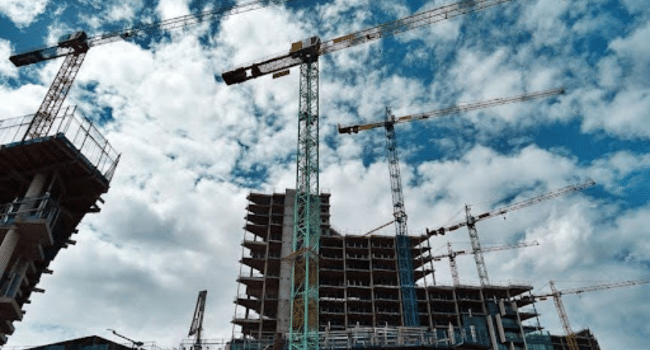Table of Contents
Important first steps in land development include doing extensive site assessments and creating complete plans since they build the basis for good and environmentally friendly projects. Examining the site’s physical features, environmental elements, and community demands helps developers spot possible development obstacles and chances. This proactive strategy guarantees regulatory compliance and good connections with stakeholders, which eventually helps to produce designs that are both harmonic with the surroundings and efficient. Giving these first stages top priority helps developers design strong land use plans that satisfy ecological issues and community interests while allowing future expansion.
Conducting site assessments
This paragraph requires a careful assessment of the property to find any possible obstacles or changes that might affect the course of development. This entails evaluating environmental elements, including drainage patterns and proximity to protected areas, as well as the terrain, soil conditions, and present vegetation of the site. Using a suction excavator in this phase allows one to accurately remove dirt without upsetting the surrounding region, providing a clear picture for improved condition evaluation. Reviewing past land use and interacting with local officials helps one understand any regulatory restrictions or contamination problems that call for fixing. Gathering this data can help developers make decisions in line with project objectives and environmental issues.
Developing a land use plan
Guiding the development process and guaranteeing that it satisfies legal criteria as well as community demands depend on a thorough land use plan. Considering zoning rules, infrastructure availability, and environmental impact, this plan should clearly state the intended uses for several parts of the property. Including local companies, citizens, and other stakeholders can offer insightful viewpoints that improve the plan’s efficacy and increase community support. Including flexibility in the design lets one make modifications in reaction to unanticipated difficulties or shifting market demand, therefore strengthening the development and increasing its success.
Implementing environmental mitigation measures
The development process must first address environmental issues if we are to minimise detrimental effects on nearby ecosystems. Using sustainable building techniques can help lower carbon emissions, control stormwater runoff, and preserve natural environments through a variety of mitigating actions. Comprehensive environmental impact studies guide the choice of suitable tactics and aid in pinpointing important regions needing preservation. Giving ecological issues priority not only helps developers comply with legal requirements but also improves the project’s long-term viability, promoting a harmonic coexistence with the surrounding area.
Engaging stakeholders and obtaining permits
Building good stakeholder ties makes it easier to handle land development and permissions. Aggressive engagement with local governments, businesses, and other interested parties is required to gather feedback and address issues early on. Open communication promotes confidence and can provide valuable feedback on project design and execution. Understanding the legal requirements and licensing deadlines is critical since they affect development. Environmental problems must be resolved before development if we are to minimize damage to the nearby ecosystems. Mitigating strategies in sustainable building help lower environmental harm, stormwater runoff, and carbon emissions.
Giving stakeholder comments priority helps to streamline approvals and enhance project conditions. Successful land development depends on on-site assessments, environmental preservation, careful land use planning, and stakeholder participation. Examining the location and surroundings helps developers find potential and problems.
Conclusion
Environmental measures assure the project’s long-term viability, while a land use plan that considers community needs and legal frameworks encourages cooperation and support. Working with stakeholders and obtaining permits streamlines the development process and increases project trust. This comprehensive approach encourages responsible development that benefits both society and the environment.
Image attributed to Pexels.com
